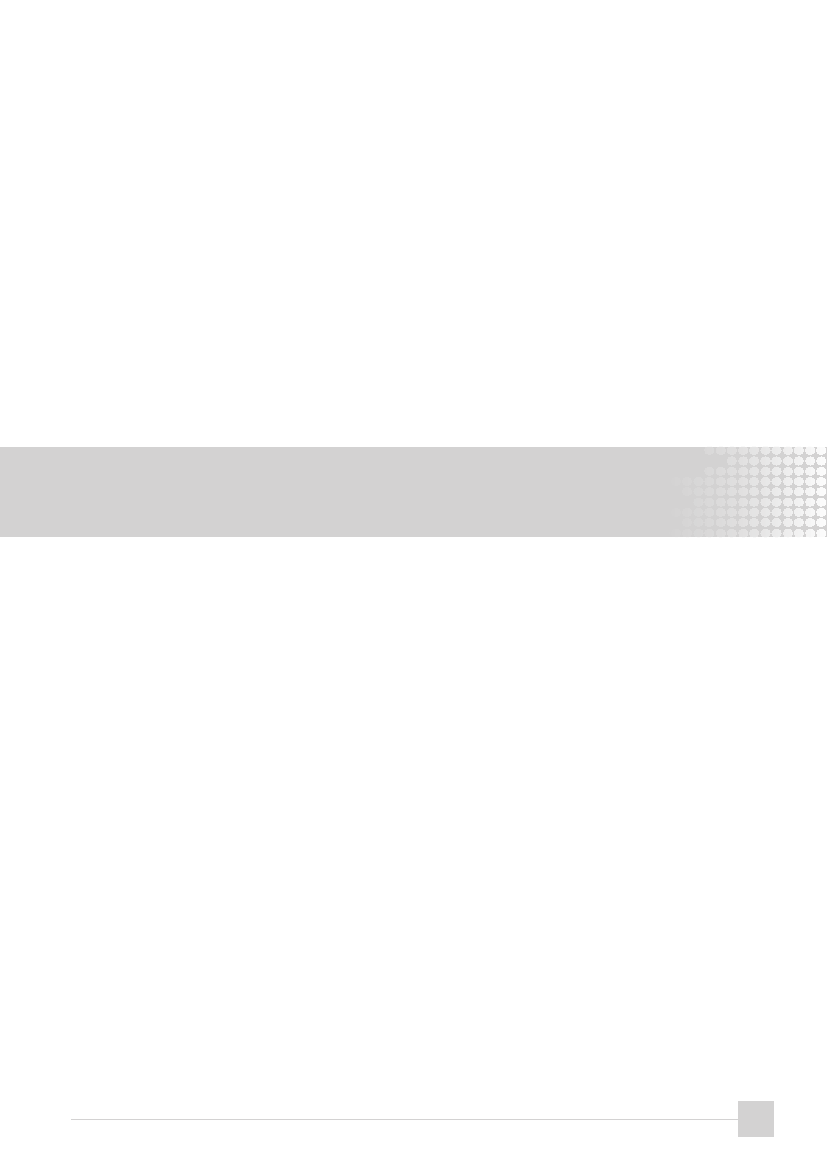
c. Stop the running of the turbine (from forebay tank or valve).
(Note - Switching off the main switch only has some risks unless the turbine is stopped)
d. Use the right tools and reliable spare parts.
e. Wear tight clothes (preferably overalls) when working with moving parts.
f. If the community members cannot handle the maintenance, keep the turbine stopped and get inputs
from competent technicians or the respective manufacturers / developers (who may not be from the
same community).
g. Update the log book with the details of the problems, repairs, components or spare parts replaced, etc.
h. Have a list of frequently used spares / components (such as adhesives, water proofing material,
electronic items) and the places from where they can be purchased.
i. If certain components / spares (such as belts, bearings, heating elements in the ballast, switches,
etc.) fail within an unusually short time, contact the respective suppliers and seek advice without
continuously replacing or repairing them
Community Based Micro-Hydro Village Electrification Schemes
can be considered as consisting of 3 broad sections, viz.
1. Civil Constructions
2. Mechanical Equipments
3. Electrical Equipments
The main sub-components of them are listed below
Civil constructions
• Weir
• Channel intake
• Channel
• Settling tank
Mechanical equipment
• Header/manifold
• Valves
• Turbine
• Drive system
• Generator
• Forebay tank
• Penstock
• Power house
• Tail race
Electrical equipment
• Generator
• Capacitor bank
• Control panel
• Distribution board
• Ballast
• Distribution lines
• Cluster Panel
09